As mothers all know, bathing Eva is a troublesome thing.
How much is the most suitable bath temperature?
How high is the room temperature and the warmest?
How many times a week is the best?
Two words: tangled!
In fact, for babies of different skin conditions and different ages, bathing in winter is still important.
We invited teacher Yu Jia, a dermatologist, to see what should be done about the [small] matter of the baby taking a bath.
Newborns (< 28 days), how should they take a bath?
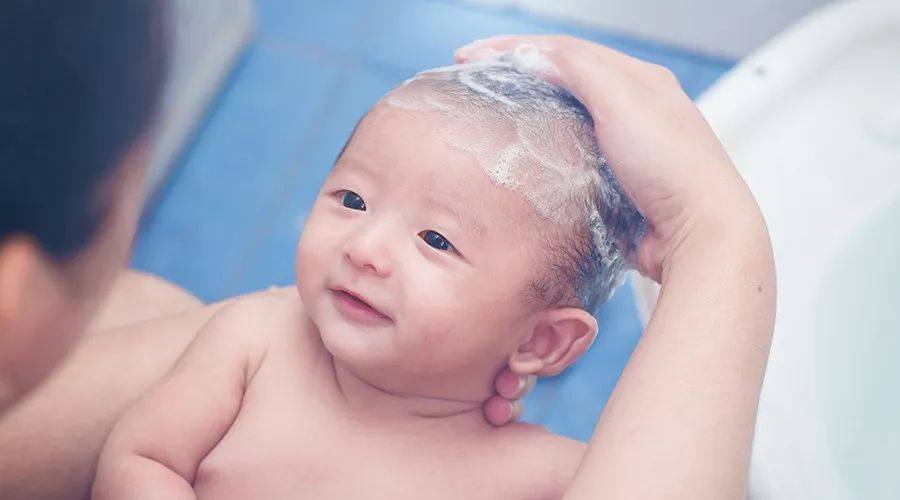
The skin of the newborn baby is especially delicate, and it is also prone to skin problems such as eczema and milky tinea, which need more careful care from parents.
1. Bathing frequency: once a day or every other day
The skin thickness of newborns is almost half that of adults, and sebum secretion is relatively vigorous.
If you don’t take a bath for a long time, the oil will accumulate excessively on the skin surface, and the baby will be prone to seborrheic dermatitis, Malassezia folliculitis, diaper rash and other skin diseases.
Therefore, it is best to take a bath with clear water every day or every other day.
2. Bathing temperature: water temperature 38 ℃ ~ 39 ℃
Newborns take a bath in winter, the room temperature is 26 ℃ ~ 28 ℃ is more appropriate. The water temperature is kept at about 38 ℃ ~ 39 ℃, and it is best to measure it with a thermometer. It is likely that the water temperature will be too high if the water temperature is directly tested by hand.
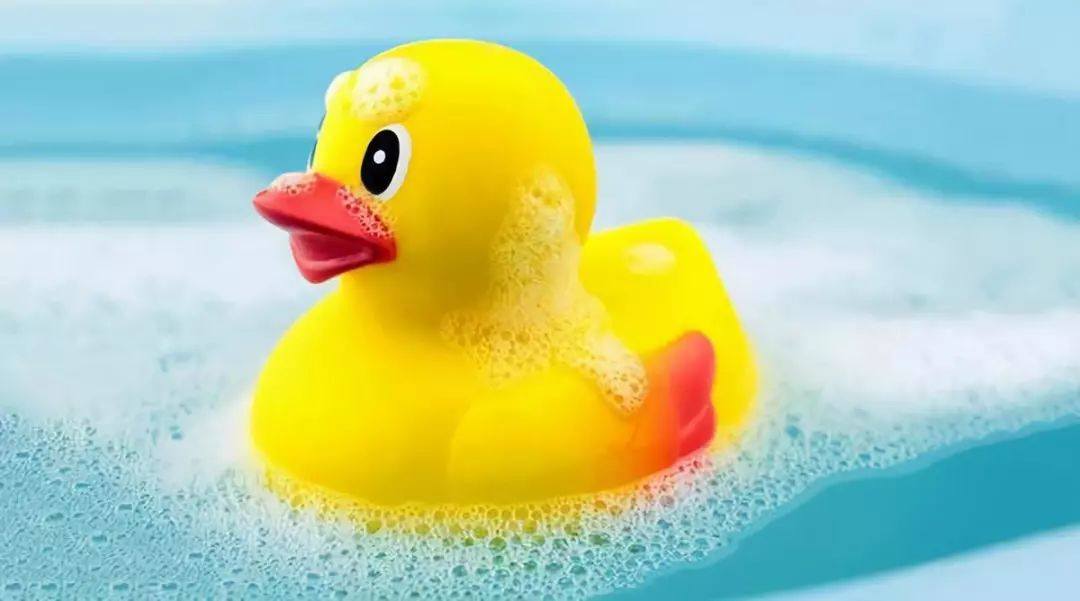
3. Bath time: 3-5 minutes
When bathing the newborn baby, it is recommended to support the child on the right upper limb of the adult, then slowly put it into the water basin, soak most of the body, and clean the scalp, face, neck, trunk, armpit, hands, legs and vulva of the child in turn with soft gauze towel or small towel for about 3-5 minutes.
4. Bath cleaner: once a week
If the newborn baby has no obvious milk tinea or fetal fat residue, just use the baby bath gel once a week.
If the baby’s scalp and forehead are particularly exuberant in oil secretion, or there are obvious and serious persistent scalp milkworm, etc., ketoconazole lotion can be used for local cleaning 1-2 times a week under the guidance of a doctor, and then the residual drugs can be washed off.
Step 5: Post-bath care
The newborn’s skin barrier function is relatively weak. Don’t forget to apply moisturizer after bathing the baby.
Do not use massage oil, because the moisturizing effect of the oil is relatively poor.
Infants (> 28 days), how should I take a bath?
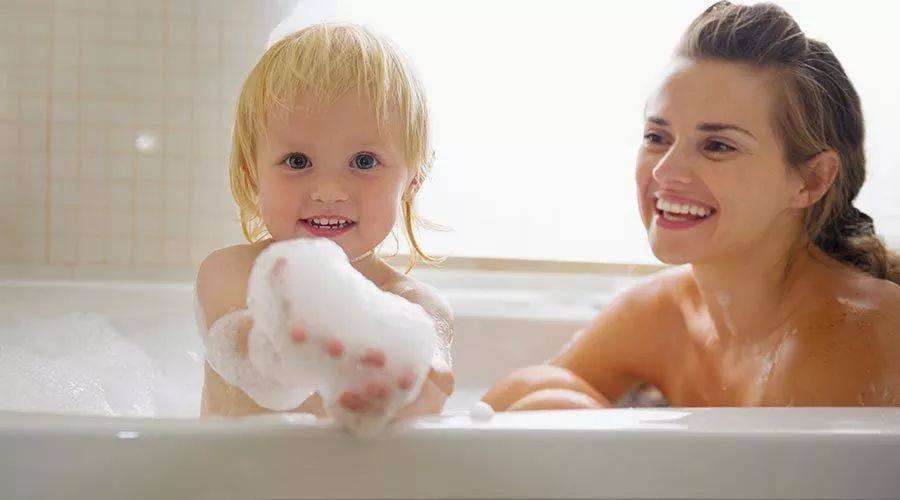
The baby’s skin is still very thin in infancy. It takes about one year of growth before the skin can gradually improve its barrier function and approach the thickness of adult skin.
1. Bathing frequency: once every other day or twice a week
About 3 months after birth, there will be a small peak of seborrheic dermatitis outbreak in infants, so babies before 3 months old need to decide whether to take a bath every day according to the skin oil production, and older babies after 3 months old can appropriately reduce the frequency of taking a bath in winter.
In winter, you usually take a bath every other day or twice a week. After taking a bath, you should also apply moisturizing cream to your baby.
Step 2: Bath Temperature
For babies in their infancy, the water temperature for bathing in winter is about 37 ℃ ~ 38 ℃, and the room temperature is 24 ℃ ~ 28 ℃.
3. Bathing time: 5-8 minutes
Parents can take a half-lying or sitting bath according to the baby’s weight and physical development. If the baby cannot sit alone, it is best to take a half-lying bath. Bathing time is recommended to be controlled in 5-8 minutes.
Step 4: Bath Cleaner
It is recommended to use bath products 1 ~ 2 times a week.
STEP 5 Cleaning of Private Parts
When taking a bath, male babies usually need to pay attention to lifting the penis and cleaning the lower part of scrotum when cleaning the vulva. Female babies should pay attention to cleaning excessive secretions inside the labia majora.
How does the baby with special skin take a bath?
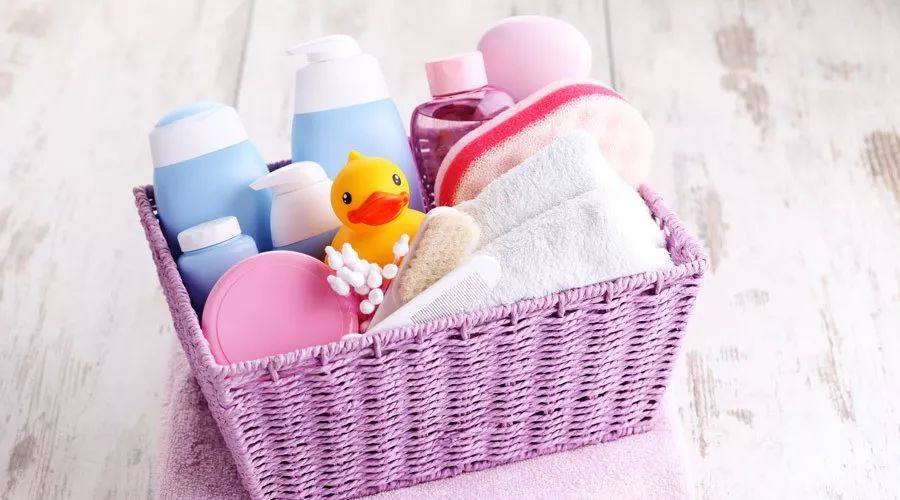
1. Babies with eczema
The baby has eczema, mainly because the skin is not moisturized well.
If the baby’s eczema is mainly manifested as dry erythema and there is no running water scabbing, then it is not necessary to wash it so frequently, just about twice a week.
At the same time, moisturizing should be enhanced. According to the skin condition and the effect of moisturizing products, moisturizing cream should be applied every 3-4 hours.
If the baby’s eczema area still has yellow water and scabs, it is recommended to take a bath with clear water at least once a day, which can wash off bacteria and fungi in time and is helpful for the recovery of eczema.
Don’t use soap and other alkaline bath products, use the bath method, bath water temperature is not too hot, otherwise will aggravate the baby’s eczema. In addition, the bath time should not exceed 10 minutes. The most important thing is, after the bath while the baby’s skin is moist, apply moisturizing cream as soon as possible.
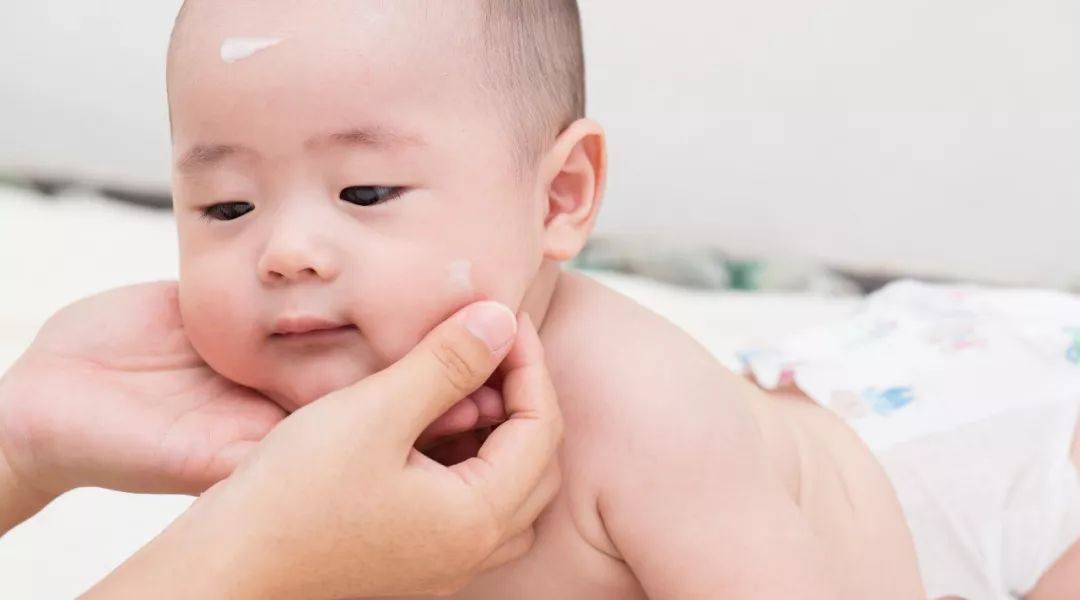
2. Baby with Red Fart
Babies with red farts should pay attention to keeping their farts clean. They should wash them with clear water in time after urinating. In addition to applying moisturizing cream immediately, they should also use zinc oxide ointment or zinc oxide-containing hip cream 1-2 times a day to strengthen local care.
If the vulvar secretions of female babies increase, they should be cleaned in time when bathing to avoid excessive reproduction of bacteria or fungi on local skin and aggravate red fart.
Bathing your baby seems to be a small matter, but there are many details. Apart from paying attention to frequency, temperature and bathing time, there is also one thing that needs special attention, that is, no matter at any time, don’t leave your baby alone in the bathroom to avoid accidents!
Only by paying more attention can the baby be given 360-degree and all-round care.
